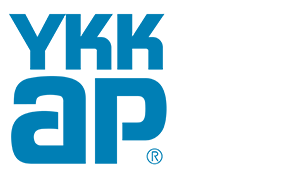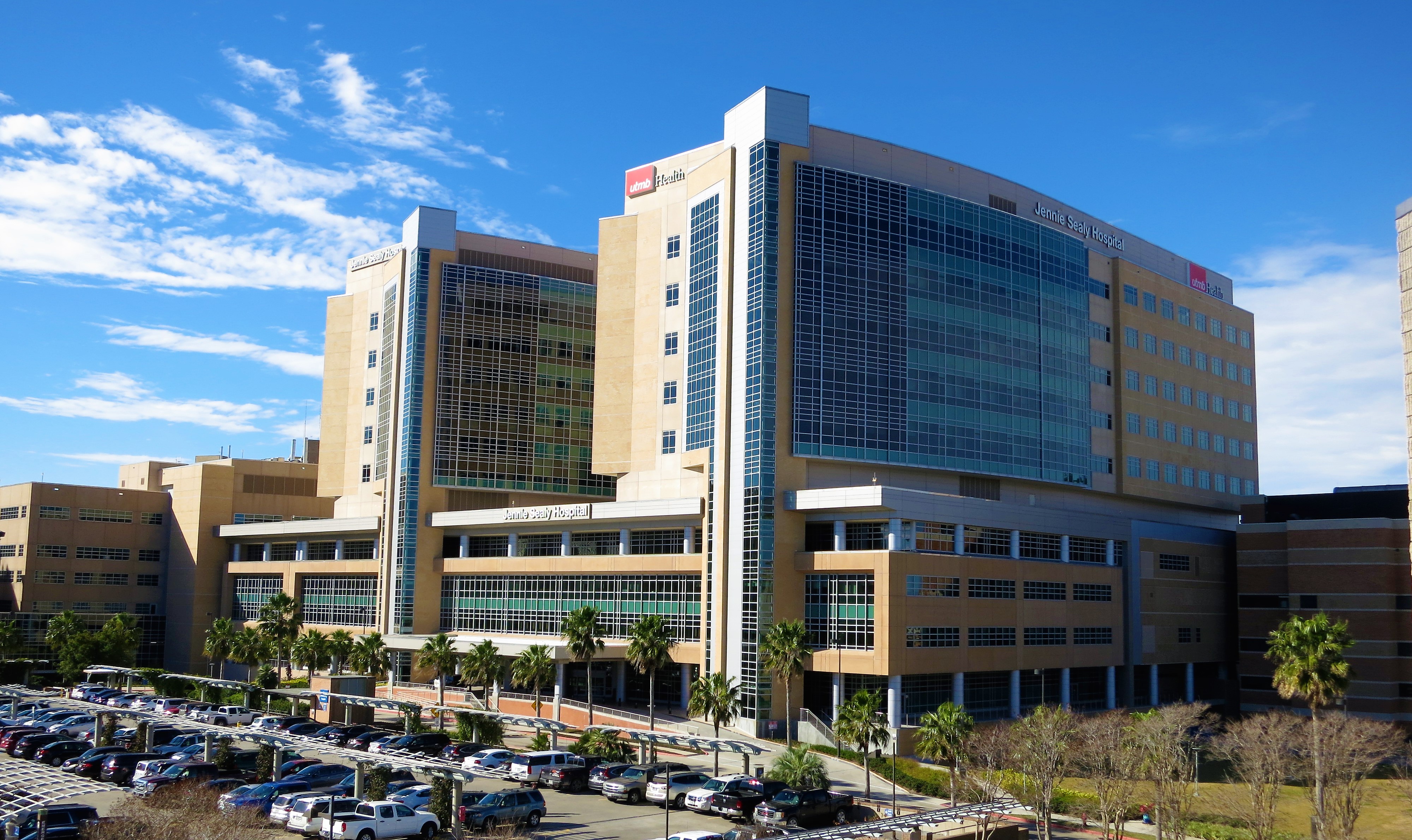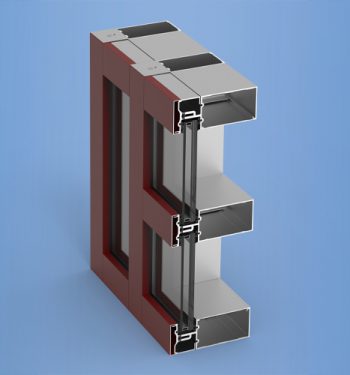Jennie Sealy Hospital
The city of Galveston, Texas, sits on a narrow island between the mainland and the Gulf of Mexico. So when Hurricane Ike made landfall over the city on Sept. 13, 2008, the Category 2 storm caused catastrophic damage, loss of life, and long-lasting issues for the area. Some of the island’s most important installations – more than 70 buildings that were part of the University of Texas Medical Branch (UTMB) at Galveston – sustained major damage, leaving many of these buildings beyond repair.
But the UTMB community would not be defined by their adversity. Soon after the storm had cleared, construction began on rebuilding the UTMB campus in such a way that it could better withstand both physically and financially in case of a similar weather event.
The Jennie Sealy Hospital is a twelve-story facility – a four-story podium with two eight-story towers rising from it – with nearly 200 hospital rooms, 20 state-of-the-art operating suites and a 54-bed intensive-care unit. Designers took measures to ensure the interior was equipped to withstand Mother Nature as much as possible by moving all productive areas of the hospital to more than 25 feet above sea level, all surgical suites to the fourth floor, and utilities to the upper floors as well.
One of the key elements of the hospital’s design is the incorporation of natural daylight. With numerous studies highlighting the positive benefits of natural lighting for the well-being and recovery of patients, the building architect HDR designed a 92,000-square-foot hurricane-impact-resistant curtain wall, with SentryGlas® at its heart.
The exterior façade incorporates various levels of glazing and SentryGlas® for maximum, efficient protection. The first four floors exhibit Missile Level E glazing – the most stringent level of hurricane protection for essential facilities – as well as two layers of 2.3 mm (90 mil) SentryGlas®. Smaller projectile debris is usually carried up higher by the wind during severe weather, so the upper floors of the hospital are protected against by using a 1.5 mm (60 mil) Trosifol™ PVB interlayer, a level of protection that is still above and beyond the building code for this type of construction.
According to code, a Large Missile Level E glazed panel must be capable of withstanding an impact from a 9-pound (4.1 kg), 8-foot (2.4 m) long, 2 x 4 inch (5 x 10 cm) timber projectile travelling at 80 feet/second (24.38 m/s). Large Missile Level D (half the impact energy of Level E) has been the standard for hurricane impact testing for the past 20 years, and the Jennie Sealy Hospital is thought to be the first installation of Large Missile Level E glazing in an Essential Facility in Texas, with the Florida Building Code soon following this precedent.
While protecting against wind-borne debris, the curtain wall façade is also extremely important in both thermal management and the external appearance of the facility. To meet this need, YKK AP America provided its YHC 300 structural silicone glazed curtain wall with two layers of 2.3 mm (90 mil) SentryGlas® for this project, and 11 different glazing types were used, with various combinations of low-e coatings, interlayers, glass colors and surface treatments.
“Missile Level E was always in the standard, since its original conception, but at the time there were no interlayers that could reach this level of performance,” said Greg Galloway, ProTek® Brand Manager at YKK AP America. “In 2009/10 we tested SentryGlas® in our curtain wall system and found that we could offer this Level E performance, but there was very little uptake in the market, as few people were prepared to pay for this additional level of protection. The decision was then made to use the system in the new Jennie Sealy Hospital and since then it has seen adoption into the Florida Building Code. We are now seeing its deployment on a regular basis in Florida and other areas of the Gulf Coast.”
“The new hospital is a great example of damage mitigation,” Galloway continued, “and this is not just down to the curtain wall. Some are larger scale ideas, such as putting all power and computer systems on higher floors, while others are simpler, but no less effective, including putting power outlets four to five feet off the floor. The hospital has also deployed wall materials and insulation that can handle being saturated before drying out with no mold being created.”
For UTMB in Galveston, severe weather and the risk of hurricanes are simply a fact of life due to the city’s geography. By learning from past events and designing with damage prevention and safety at the top of mind, the Jennie Sealy Hospital is now in a strong position to stand up to major weather events and continue delivering critical medical care to the surrounding community.







